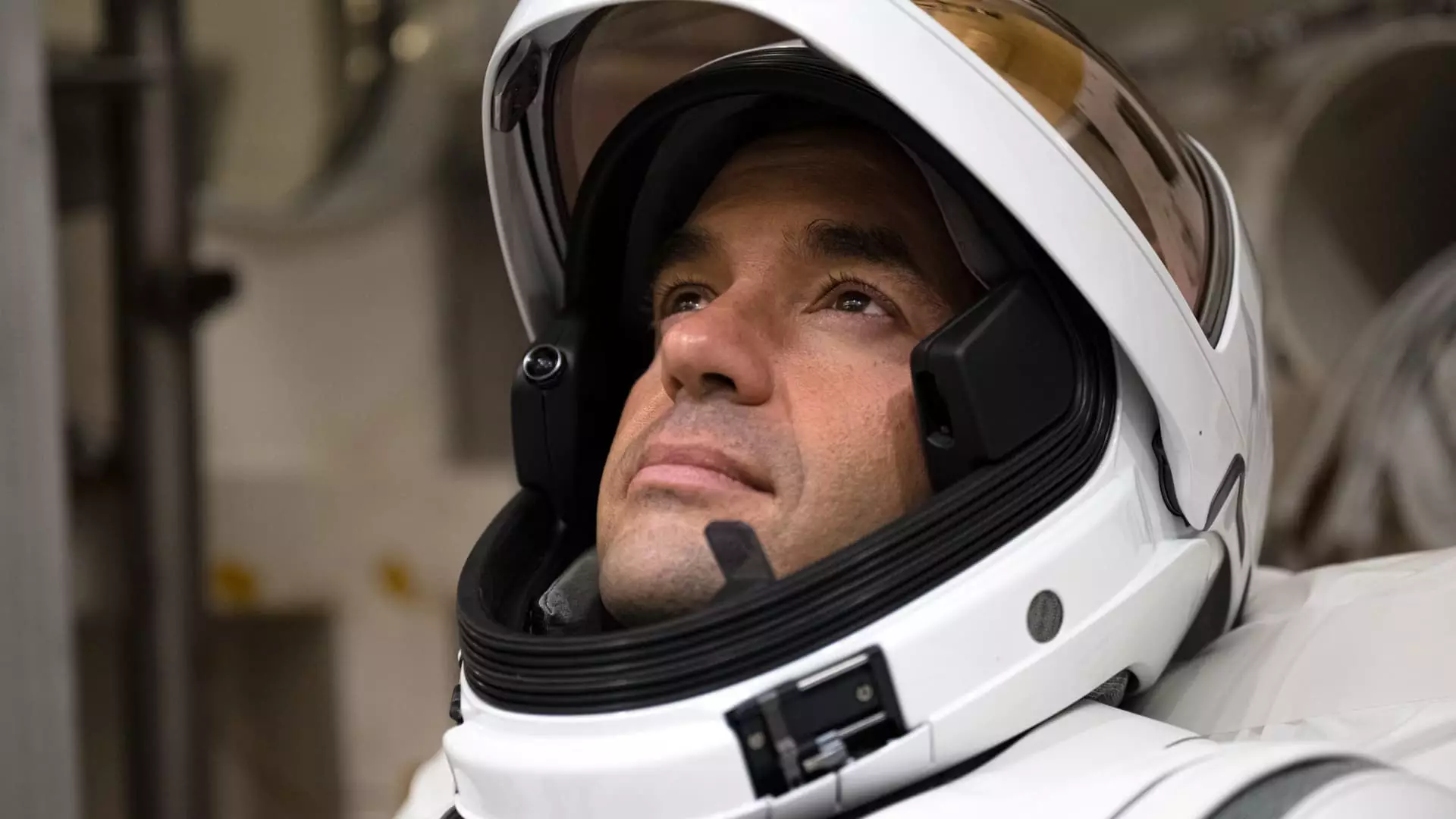SpaceX is gearing up for an exciting new mission, Polaris Dawn, which is set to launch at the end of the month. This mission, part of billionaire Jared Isaacman’s Polaris Program, will mark the first attempt at a spacewalk by a private venture. The crew, led by Isaacman himself, will include long-time colleague Scott Poteet, as well as SpaceX employees Anna Menon and Sarah Gillis. The multi-day mission will not have a specific destination, but instead, the crew will be tracing orbits far from Earth.
The most significant aspect of the Polaris Dawn mission is the planned spacewalk, a feat that has never been attempted by a private company before. Isaacman described the spacewalk as being surrounded by death, emphasizing the extensive training that he and his crew have undergone in preparation for this challenging task. The crew members will be venturing into the vacuum of space, experiencing pressure and temperature changes, as well as psychological stressors.
Schedule and Objectives of the Mission
The day-to-day schedule for Polaris Dawn includes several key milestones. Day one will focus on determining the optimal launch time to minimize risks from micrometeorite orbital debris. Upon reaching a specific orbit, extensive checks will be conducted on SpaceX’s Dragon capsule Resilience. Day two will involve conducting various scientific experiments and preparing for the spacewalk by testing the EVA suits. Day three will be dedicated to the spacewalk itself, with two crew members venturing outside the Dragon capsule.
A crucial component that makes the spacewalk possible is SpaceX’s EVA suits, which have undergone years of testing and development. The company’s primary goal is to gather valuable data about the suits to improve their design for future missions. The EVA suits represent a significant technological advancement in private spaceflight and are intended for use in various environments, including low Earth orbit, the moon, and Mars.
Inspiring the Future of Space Exploration
Polaris Dawn aims to push the boundaries of private spaceflight and inspire the public with its groundbreaking mission. Isaacman expressed his hope that the mission will spark excitement and curiosity about the future of space exploration. By embarking on this historic spacewalk, the crew of Polaris Dawn is leading the way towards new possibilities in human spaceflight.
The Polaris Dawn mission represents a significant milestone in the history of space exploration, showcasing the potential of private companies to undertake complex and challenging missions previously reserved for government agencies. With its focus on innovation, technology, and human resilience, Polaris Dawn heralds a new era of space exploration and inspires the next generation of explorers to reach for the stars.

